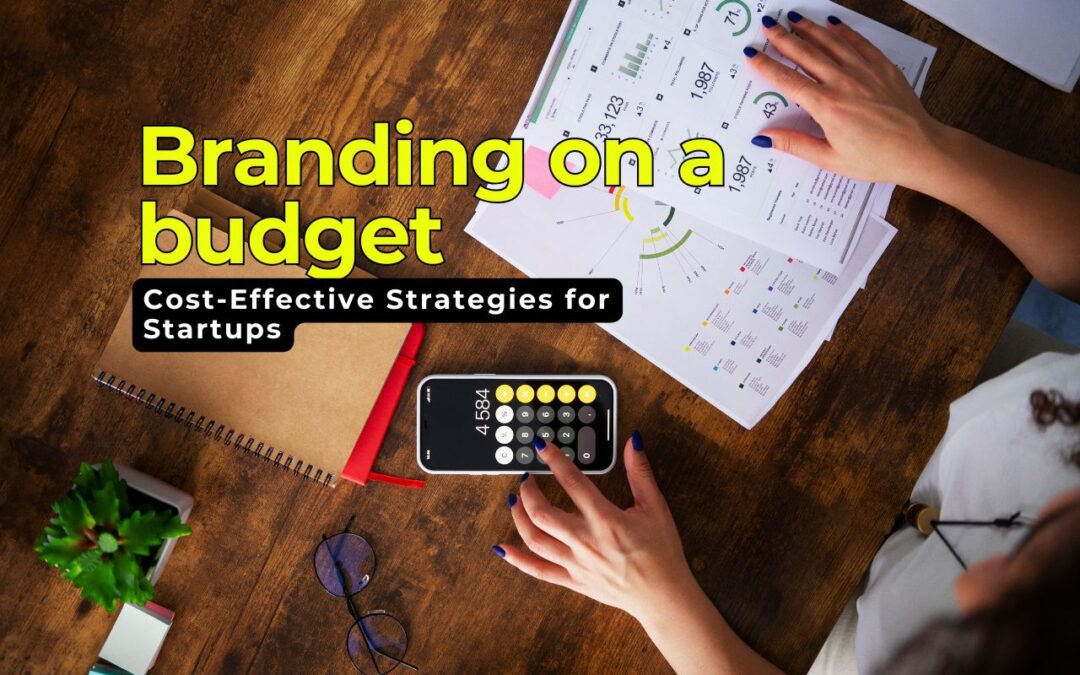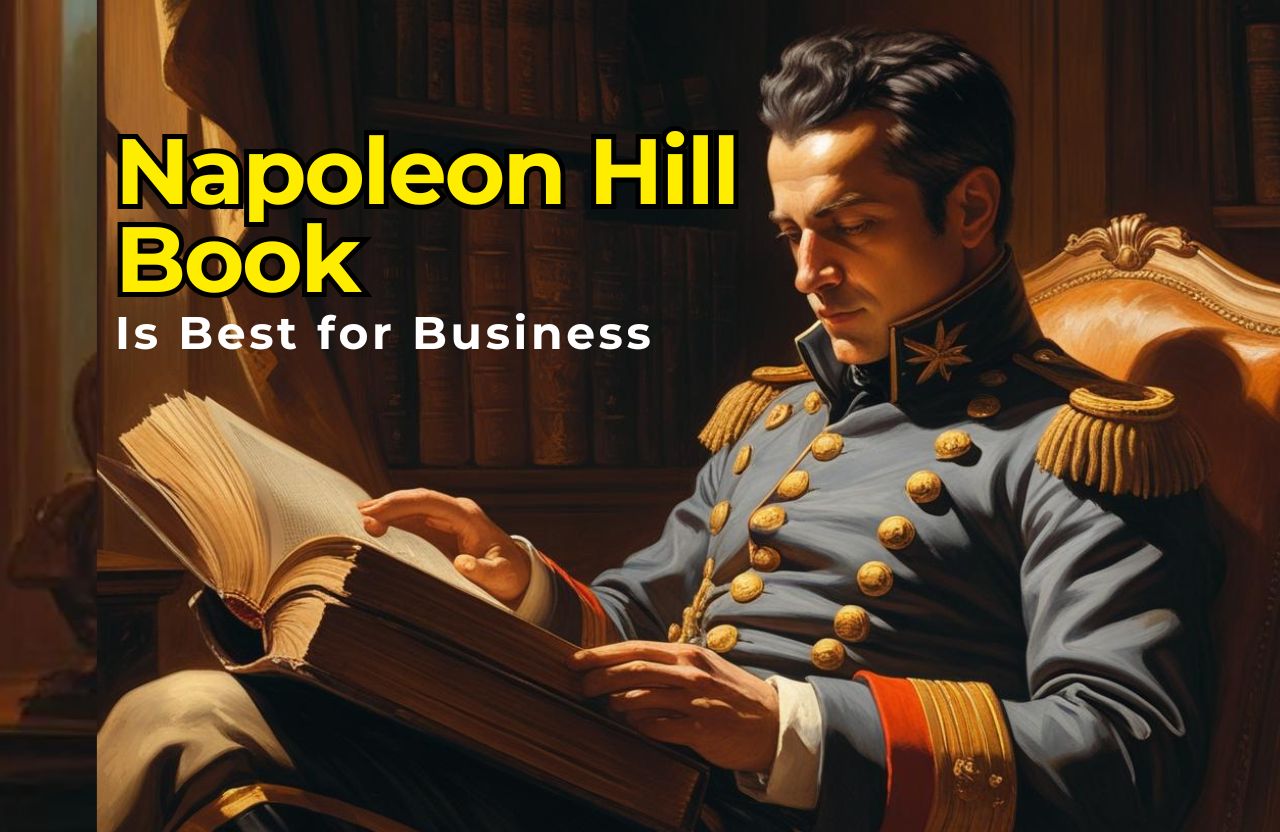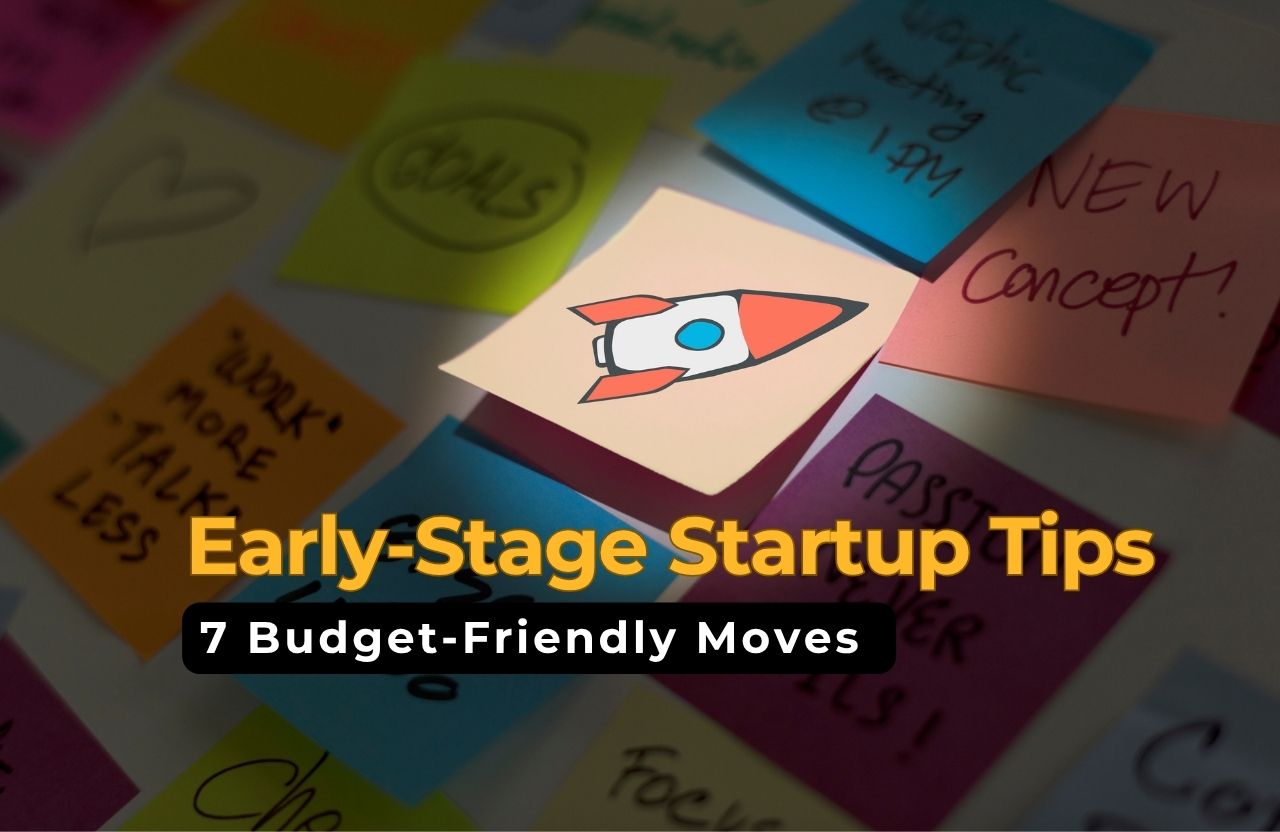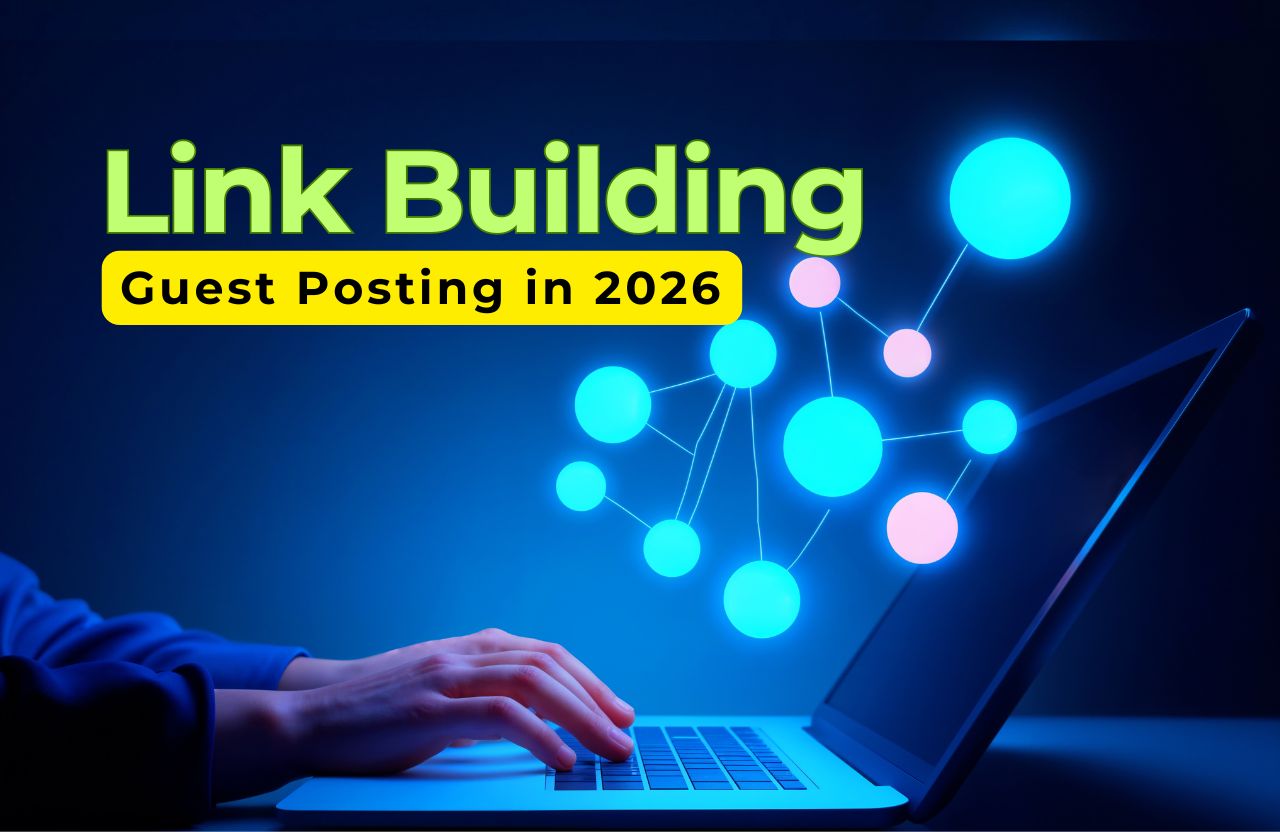Starting a business is challenging, especially when you’re working with limited resources. Building a strong brand might seem costly, but with the right strategies, you can create a lasting impression without breaking the bank. Here’s how to branding on a budget and stand out in the competitive market.
1. Understand Your Brand Identity
Before investing in any branding efforts, take the time to define your brand identity. Ask yourself:
- What values do you want your brand to represent?
- Who is your target audience?
- What makes your business unique?
How to Define Your Brand Identity
Start by creating a brand statement that encapsulates your mission and vision. For example:
- Nike: To bring inspiration and innovation to every athlete in the world.
- Airbnb: Belong anywhere.
Conduct a SWOT analysis (Strengths, Weaknesses, Opportunities, Threats) to understand your brand’s position in the market. Engage with your team to brainstorm core values and unique selling points (USPs). Having clear answers will help you make consistent and effective branding decisions.
Case Study: Warby Parker
Warby Parker, a startup eyewear company, built a strong branding on a budget identity around affordability and social responsibility. They clearly defined their mission to offer quality eyewear at a fraction of the cost while giving back to the community through donations. This clear identity attracted socially conscious consumers and established brand loyalty early on.
2. Design a Memorable Logo
Your logo is the visual cornerstone of your brand. Use budget-friendly graphic design tools like Canva, Looka, or Hatchful to create a professional-looking logo without hiring a designer. Keep it simple, memorable, and aligned with your brand’s identity.
Key Tips for Logo Design:
- Keep it simple: Avoid overly complex designs.
- Use a limited color palette: Stick to 2-3 colors that represent your brand.
- Make it versatile: The logo should look good on various media, from social media to packaging.
Real-Life Example: Glossier
Glossier, a beauty startup, opted for a minimalist logo with a sleek font and a soft pink color scheme. This subtle yet sophisticated design aligned with their brand’s modern and approachable identity, appealing to their target demographic of young, beauty-conscious consumers.
3. Leverage Social Media
Social media platforms are powerful tools for building brand awareness without spending a dime. Each platform offers unique ways to connect with your audience:
- Instagram: Ideal for visual storytelling and showcasing your products.
- Twitter: Great for real-time updates and customer engagement.
- LinkedIn: Build professional networks and share industry insights.
- TikTok: Create viral content with trending challenges and behind-the-scenes videos.
Best Practices:
- Create consistent content: Use branded visuals and engaging posts.
- Be active: Respond to comments and interact with your followers.
- Utilize storytelling: Share your startup journey, challenges, and successes to build a connection.
Example: Gymshark
Gymshark, an activewear brand, effectively utilized Instagram and TikTok to build a loyal community. By sharing user-generated content, workout tips, and motivational stories, they fostered a sense of community among fitness enthusiasts.
4. Build a Website on a Budget
A professional website enhances your brand’s credibility. Use affordable platforms like Wix, Squarespace, or WordPress to create an attractive and functional site. Opt for pre-designed templates to save on development costs.
Tips for Creating an Effective Website:
- Keep navigation simple and intuitive.
- Include a clear call-to-action (CTA) on each page.
- Optimize for mobile users.
Success Story: Beardbrand
Beardbrand, a grooming startup, started with a simple, clean website that clearly showcased their product line and story. Their focus on brand storytelling and user experience led to substantial growth in customer engagement.
5. Network with Your Community
Attend local business events, participate in online forums, and collaborate with other startups. Building relationships within your community enhances word-of-mouth marketing.
Pro Tip:
Offer workshops or host free webinars to demonstrate your expertise. This positions your brand as an industry leader without heavy advertising costs.
Conclusion
Branding on a budget is not only possible but also highly achievable with strategic planning and creativity. Startups can leverage affordable tools and community engagement to build a strong and memorable brand presence. From defining your brand identity to leveraging social media and building community relationships, every step adds to your brand’s value. Stay consistent, stay authentic, and your brand will grow stronger over time without straining your budget.












